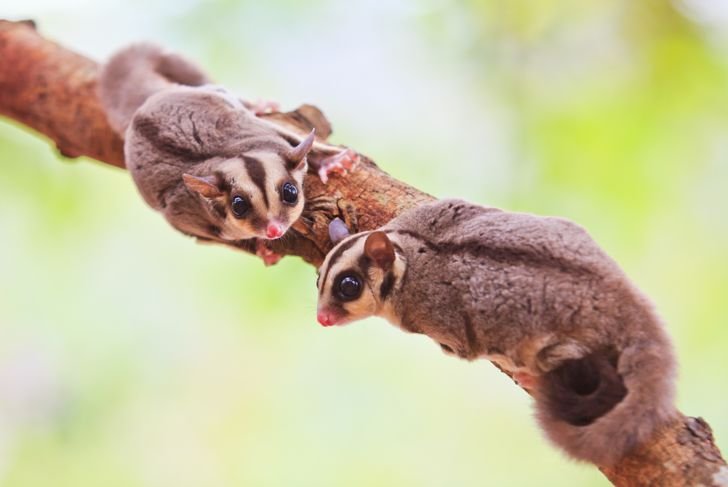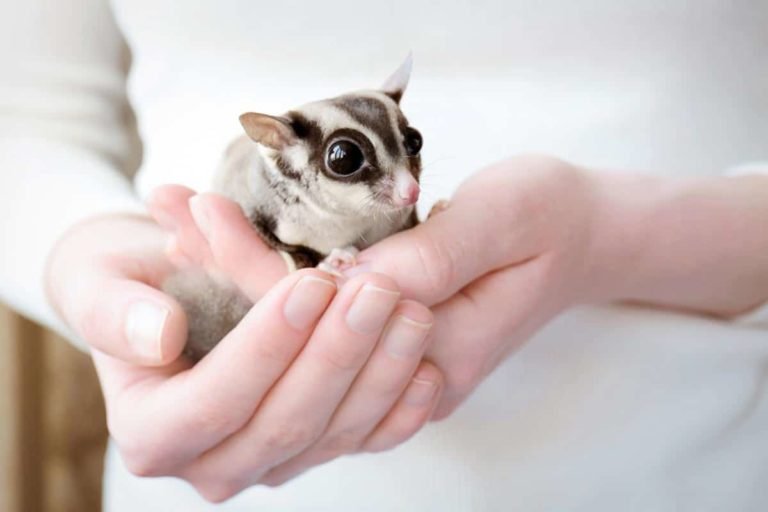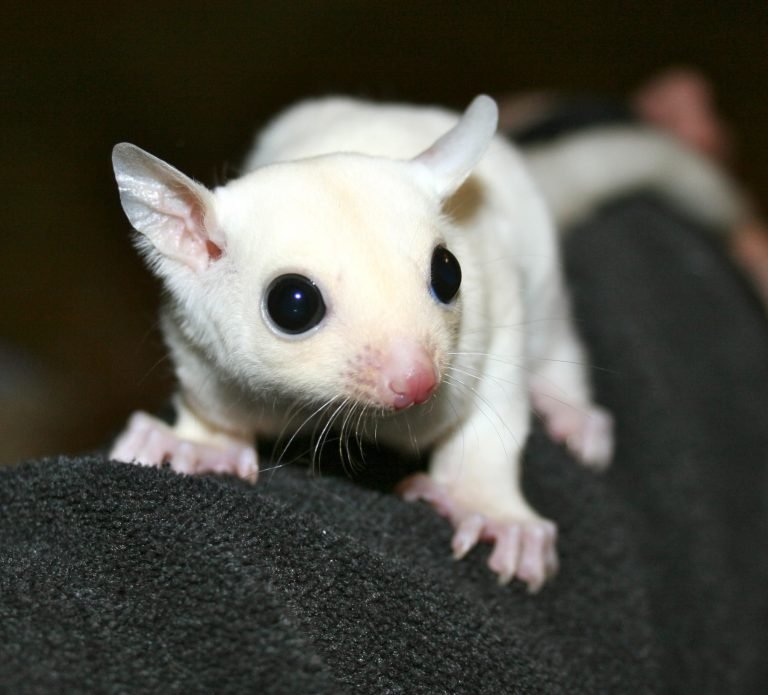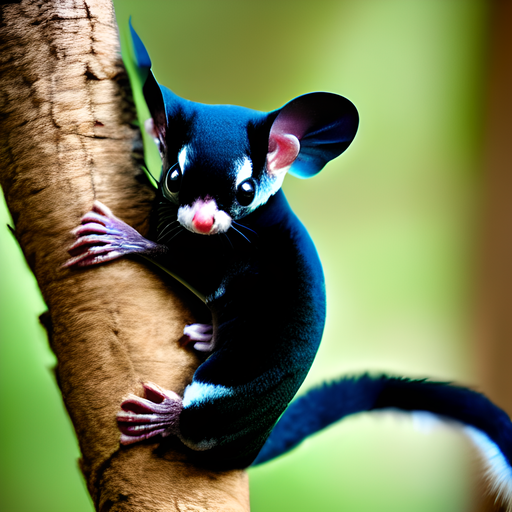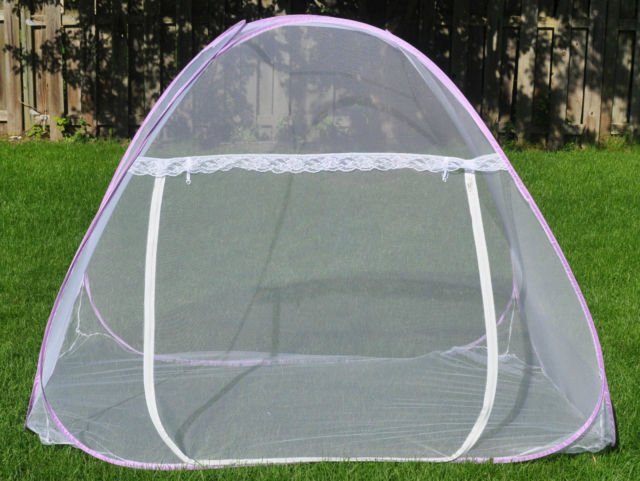Why Do Sugar Gliders Hiss
Why Do Sugar Gliders Hiss?
Have you ever wondered why sugar gliders hiss? These small, adorable creatures are known for their unique vocalizations, and the hiss is one of their most distinctive sounds. In this article, we’ll explore the reasons behind why sugar gliders hiss, as well as their behavior and communication techniques. So let’s dive in and uncover the fascinating world of sugar gliders!
Understanding Sugar Gliders
Before we delve into why sugar gliders hiss, let’s take a moment to understand these cute little marsupials. Sugar gliders are small, nocturnal animals native to Australia and surrounding areas. They are often kept as pets due to their charming appearance and affectionate nature. Sugar gliders get their name from their love of sweet nectar, fruits, and tree sap, which they lap up with their long tongues.
Communication in Sugar Gliders
Like many animals, sugar gliders use various vocalizations to communicate with each other. Apart from hissing, they produce a range of sounds, including barking, chirping, and crabbing. Each sound serves a different purpose, allowing these social creatures to express their emotions and convey messages within their group.
Why Do Sugar Gliders Hiss?
Now, let’s turn our attention to the main question at hand: why do sugar gliders hiss? There are a few reasons behind this behavior:
1. Defensive Mechanism: When sugar gliders feel threatened or cornered, they may resort to hissing as a defense mechanism. Hissing is their way of warning potential predators or perceived threats to back off. It’s a natural instinct for survival that helps them protect themselves and their territory.
2. Communication Within the Group: Sugar gliders also use hissing as a means of communication within their social group. When conflicts arise, they may hiss at each other to establish dominance or to convey their discomfort with a social interaction. It’s a way of setting boundaries and asserting their position within the group hierarchy.
3. Expression of Fear or Aggression: Hissing can also be an expression of fear, stress, or aggression in sugar gliders. If they feel scared or threatened, they might hiss to ward off potential danger or to show their displeasure. It’s their way of saying, “I’m not happy with what’s happening, and I’m ready to defend myself if necessary.”
4. Distress or Pain: In some cases, sugar gliders may hiss as a response to pain or distress. Like any living being, they can experience discomfort or injury, and hissing can be their way of expressing their discomfort and seeking attention or assistance.
Other Vocalizations and Behaviors
While hissing may be the most well-known vocalization of sugar gliders, they communicate in various other ways as well. Let’s explore some of their other vocalizations and behaviors:
1. Barking: Sugar gliders often produce a high-pitched barking sound, which can serve as a warning signal or a way to attract attention within their group.
2. Chirping: They also chirp, especially during courtship and mating rituals. Chirping is a way for male sugar gliders to attract females and establish their interest.
3. Crabbing: When sugar gliders feel extremely threatened or scared, they may resort to crabbing. This is a loud, screeching noise that resembles the sound of a crab in distress. It’s a clear indication that they are feeling highly agitated and fearful.
4. Body Language: Along with vocalizations, sugar gliders use body language to communicate. They may raise their crest, fluff up their fur, or make certain facial expressions to convey their mood, whether it’s contentment, fear, or aggression.
Frequently Asked Questions
Now that we’ve explored why sugar gliders hiss and how they communicate, let’s address some commonly asked questions about these delightful creatures:
1. Are sugar gliders dangerous?
Sugar gliders are not inherently dangerous. However, they do have sharp teeth and claws, which they use for climbing and defense. It’s essential to handle them gently and provide appropriate training and socialization to ensure they feel safe and secure.
2. Can sugar gliders be kept as pets?
Yes, sugar gliders can be kept as pets. However, they require a significant time commitment, specialized care, and a suitable living environment to thrive. It’s crucial to research and understand their needs before considering them as pets.
3. How can I bond with my sugar glider?
Bonding with a sugar glider takes time and patience. Spend quality time with your pet, provide enrichment activities, and establish a routine. Building trust and creating a strong bond will require consistent effort and understanding.
Final Thoughts
Sugar gliders are fascinating creatures with a complex system of communication. While hissing may be their most recognizable vocalization, it’s essential to understand the context behind it. Whether it’s a defense mechanism or a way of expressing emotions within their social group, hissing plays a crucial role in their communication repertoire. So the next time you hear a sugar glider hiss, remember that it’s their unique way of conveying a message in their own language.


